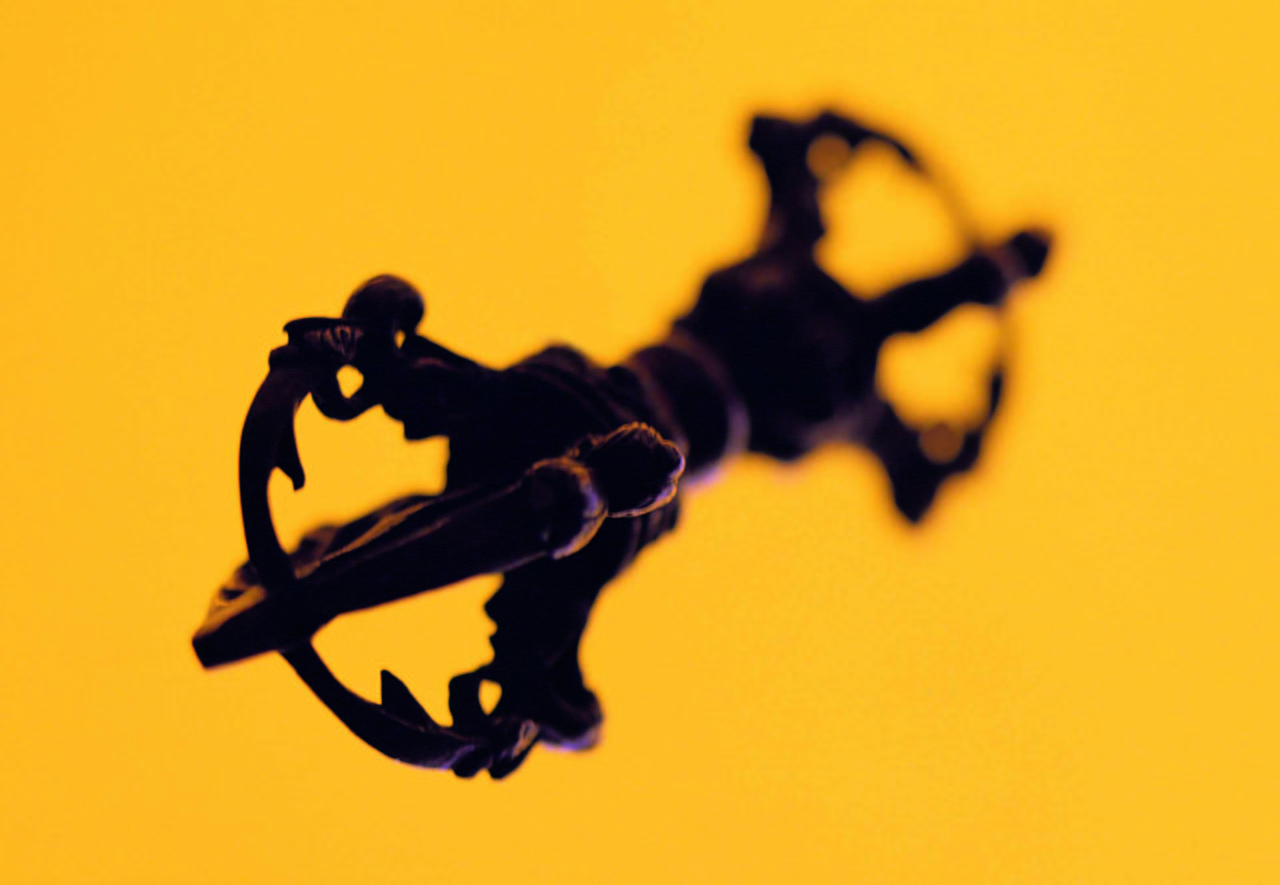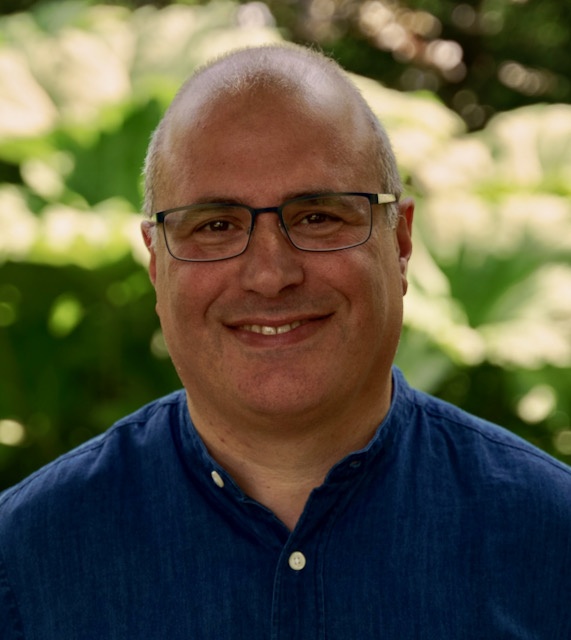Our Criminal Justice System is under pressure and failing to stop reoffending. As Vishvapani is learning through working in this field, mindfulness and Buddhist principles offer the basis of an alternative approach
This week the Scottish government announced that it’s scrapping plans for a new women’s jail in favour of small, regional units. Most women prisoners aren’t violent; and, like their male counterparts, most have mental health or addiction problems. That’s just one of the difficulties facing the criminal justice system. Statistics show that around half the men who leave prison, having received little help during their sentences, are reconvicted within a year. So there’s a strong case for reviewing what it’s trying to achieve.
I’ve been getting to know this world through a project with the National Offender Management Service to develop mindfulness training for offenders. It’s early days for this work in Britain, but in America it’s a substantial movement. We begin with simple mindfulness and meditation practices because having ways to focus and settle the mind helps participants manage the stress of being in prison or on probation. It also helps them let go of the thoughts that accompany some forms of mental illness.
But there’s a moral dimension as well. I wouldn’t argue against the traditional criminal justice aims of punishment, deterrence and public protection. But if we also value rehabilitation and reducing re-offending, we need to consider how people change for the better. The Buddhist teaching of karma tells us that our actions stem from our character and that grows from what we do and how we think. Through mindfulness, people learn to see the old, defensive patterns that may have led to their offence. They also see the suffering this prompts, and that opens a door to responsibility and even caring for others.
For me, this is the essential Buddhist approach, applied in a universal and secular way. Meditation alone isn’t enough, so we’re integrating mindfulness with how prison and probation officers work with offenders. The best American projects also integrate restorative justice, where offenders communicate with victims, and transformative justice, where they contribute positively to the world.
When I work intensively with groups of serious offenders, I quickly stop seeing them as ‘criminals’, even when they’ve done very bad things. They’re just people who are struggling and may have destructive ways of coping. That’s the start of a compassionate connection. It’s tough work, but it’s humbling when, despite everything, someone makes a big change, letting go of ingrained patterns.
Whatever the value of punishment, healing the harm an offence represents requires our compassion – for offenders, victims, guards, everyone. And faith: faith that, in general, whatever they’ve done, with help and encouragement, people have the capacity to change.
More on the Prison system in the UK
The Prison Mindfulness Institute: how mindfulness is being used in the US criminal justice system



I think your Thought for the Day was a moral disgrace. You start from the fashionable refusal to recognise crime as a crime, and instead speak of “offences” and “offensive” behaviour. You say almost nothing about the suffering of the victims of “offenders”‘, even of “offenders” who have “done very bad things”. You protect criminals from having to face up to what they have done and who they are by surrounding them in inverted commas as merely so-called “criminals”, even though they have done “very bad things”. This last expression , more appropriate in a school report, again shows how difficult you find it to recognise and admit the seriousness of crime, violence, sadistic attacks and the devastation caused by what you disguise as “offences”. Instead of admitting that some people do evil deeds, you want to help “offenders” “manage the stress of being in prison”. The clearest illustration of your perverse values is your description of, say, the moors murders or more recent sa
distic battering of very young children as “the defensive patterns that may have led to their offence”. Defence against what? Are you suggesting that criminals, or “criminals” as you put it, are more in danger from society than society is from them?
Hi Peter,
Thanks for your comments, which are clearly strongly felt. I am certainly not interested in helping criminals avoid the consequences of their actions. As I say, the aim of this work is to help people to see clearly the reality of what they have done and make genuinely changes. That includes understanding why they have committed their crime, including the psychological reasons as well as the more overt motives. I believe that is the best way to prevent it happening again.
Vishvapani
Please Vishvapani, tell me how the people who burned alive the Jordanian pilot were showing “patterns of defensive behaviour”. Please.
Dear Peter,
To be clear, I don’t want to justify or minimise criminal behaviour. You are citing the most extreme examples of violent behaviour – the moors murderers and ISIS – and I am not arguing that restorative and rehabilitative approaches are necessarily right for such people.
The case I would make for restorative and rehabilitative approaches relates to the majority of the prison population, who are released at the end of their sentence. The moors murderers won’t be released. In more typical cases, I suggest that it helps to ask why people did what they did. When the reasons are emotional and psychological, I suggest that addressing these issues directly will help precent their reoffending.
This isn’t just wishful-thinking. Over 70% of the prison population have a mental health condition. Many are addicts or alcoholics. We need to address these issues if we want things to change.
Vishvapani